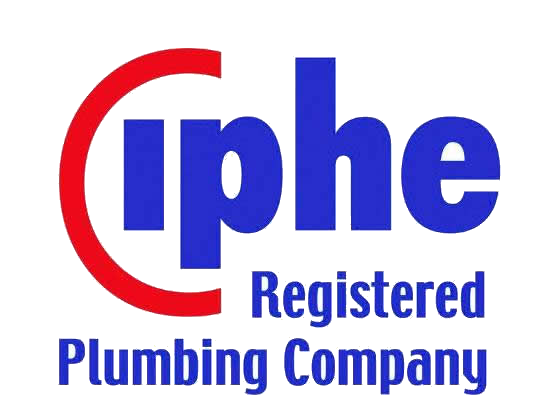We’re experts at installing central heating in old buildings including Barn Conversions, Renovations, Places of Worship & Listed buildings. We’re accustomed to working with conservation bodies to develop and appropriate solution and have a sympathetic approach – tailoring our system and design, using period radiators and pipework to suit etc.
FAQ Category: Heating
What is Biomass?
Biomass Boilers burn biological material – generally wood – in the form of either logs, chipping or pellets, to create heat.
How do Ground Source Heat Pumps Work?
Ground source heat pumps draw as much as 75% of their energy from freely available, inexhaustible solar energy stored in the ground.
The earth stores an enormous amount of solar energy from both solar radiation and rainfall and more than 1m below the surface, you’ll find a stable source of heat year-round.
To extract this heat energy, ground collectors consisting of flexible polyethylene pipes are buried in the earth, either horizontally or vertically. A mixture of water and anti-freeze is then circulated through pipe loops, attracting the heat and transferring it to the heat pump.
Can you use Air Source Heat Pumps for heating and cooling?
Air source heat pumps can be used for both heating and cooling, as well as domestic hot water and swimming pools. They can be connected to radiators, underfloor heating, or a wall-mounted controllable fan unit.
Air source heat pumps can be used for heating all year round between +35°C and -25°C – which makes them ideal for the UK – and because they use the outside air as a fuel source, you’ll have an always available and inexhaustible source of heat.
What is the difference between Underfloor Heating and Radiators?
Heat from traditional radiators rises, meaning that the hottest part of the room is the ceiling. With an underfloor heating system, the heat moves from the ground upward – which means the parts of the room that are the warmest are the first 1.7m – the area we live in. The gentle radiant heat from underfloor heating doesn’t dry air in the same way that radiators do, leaving moister air that is kinder to your lungs and to your furniture.








